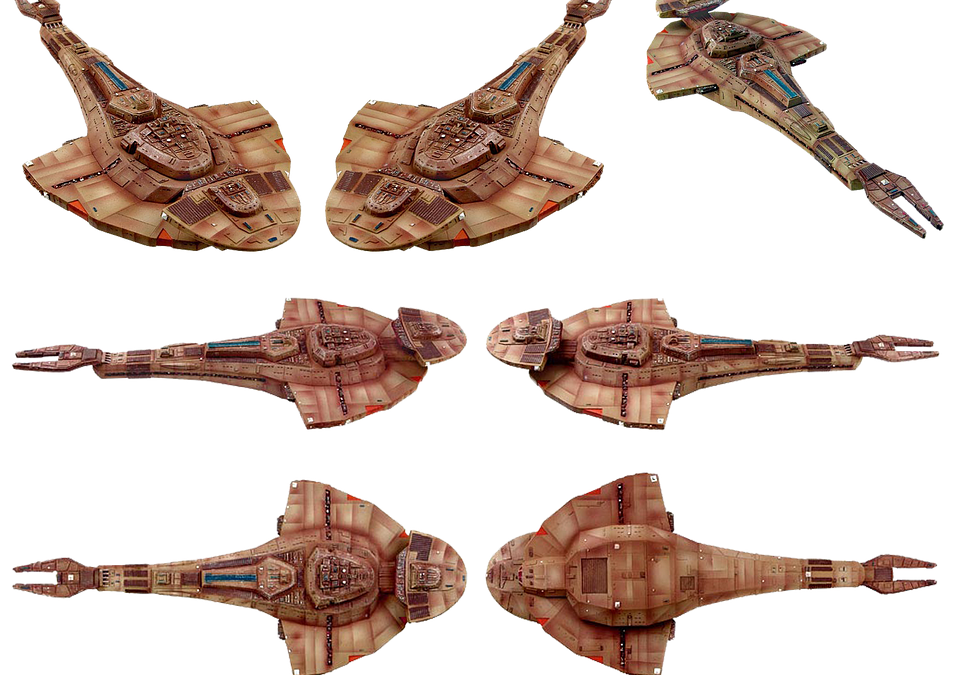Exploring the Art of game Design: A Deep Dive into the Creative Process
Introduction:
The world of game design is a captivating realm that blends creativity, technology, and storytelling. Behind every successful game lies a team of talented individuals who meticulously craft immersive experiences for players. In this article, we will take a deep dive into the art of game design, exploring the creative process, its components, and the challenges faced by designers. From idea conception to final implementation, this article aims to provide a comprehensive understanding of the intricate world of game design.
I. The Creative Process:
1. Idea Generation:
– Inspiration: Where do game designers find their ideas?
– Brainstorming techniques: How do designers stimulate creativity?
– Research and market analysis: Understanding trends and player preferences.
2. Concept Development:
– Defining the game‘s core mechanics and gameplay loop.
– Storytelling: Crafting narratives that engage and immerse players.
– Artistic direction: Establishing the game‘s visual and audio style.
3. Prototyping:
– Building a basic version of the game to test mechanics and gameplay.
– Iterative design: The importance of refining and iterating on prototypes.
– Playtesting: Gathering feedback and adjusting the game‘s design accordingly.
4. Production:
– Asset creation: Designing characters, environments, and objects.
– Programming and coding: Implementing mechanics and systems.
– Level design: Creating engaging and challenging game levels.
5. Testing and QA:
– Bug fixing: Identifying and resolving technical issues.
– Balancing: Adjusting difficulty and gameplay elements.
– Quality assurance: Ensuring a smooth and polished player experience.
6. Release and Post-Production:
– Launch strategies: Marketing and promoting the game.
– Updates and patches: Responding to player feedback and improving the game.
– Post-release analysis: Evaluating the game‘s success and learning from it.
II. Components of game Design:
1. Gameplay Mechanics:
– Core mechanics: The fundamental rules and interactions in a game.
– Progression systems: Leveling up, unlocking abilities, and rewards.
– game balance: Ensuring fairness and challenge.
2. Storytelling and Narrative:
– Plot development: Structuring the story and creating compelling arcs.
– Character design: Building relatable and memorable characters.
– Dialogues and cutscenes: Enhancing immersion and emotional connection.
3. Visual Design:
– Art style: Choosing a visual direction that complements the game‘s theme.
– Environment design: Creating immersive and detailed game worlds.
– User Interface (UI) design: Crafting intuitive and aesthetically pleasing interfaces.
4. Audio Design:
– Sound effects: Enhancing gameplay feedback and immersion.
– music and ambiance: Setting the mood and atmosphere.
– Voice acting: Adding depth and personality to characters.
III. Challenges in game Design:
1. Technical Constraints:
– Platform limitations: Adapting games to different hardware and devices.
– Performance optimization: Ensuring smooth gameplay on various systems.
– Cross-platform compatibility: Designing games that work seamlessly on multiple platforms.
2. Budget and Time Constraints:
– Resource allocation: Balancing the quality and scope within budget limits.
– Deadline management: Efficiently managing the development timeline.
– Scope creep: Preventing the project from becoming too ambitious.
3. Player Engagement and Retention:
– Onboarding new players: Ensuring a smooth learning curve.
– Replayability: Creating content that encourages players to revisit the game.
– community building: Fostering a passionate and engaged player community.
FAQs:
1. What skills are essential for a game designer?
– game designers should have a strong understanding of gameplay mechanics, storytelling, art, and technology. Additionally, communication, problem-solving, and creativity are crucial skills.
2. How long does it take to develop a game?
– The time required to develop a game varies greatly depending on its scope and complexity. Small indie games can take a few months, while larger AAA titles may take several years.
3. Are there any specific software tools used in game design?
– game designers often use a variety of software tools, including game engines such as Unity or Unreal Engine, 3D modeling software like Maya or Blender, and audio editing software like Audacity.
4. Can one person design a game alone?
– While it is possible for one person to design and develop a game independently, it is often a challenging task that requires a wide range of skills. Collaborating with a team can greatly enhance the quality and efficiency of the design process.
Conclusion:
game design is a fascinating blend of art and technology, where creativity and technical skills merge to create captivating interactive experiences. From ideation to release, the game design process encompasses various stages, each with its own challenges and considerations. By understanding the components of game design and the intricacies of the creative process, aspiring game designers can embark on their own journey to bring captivating worlds to life.

